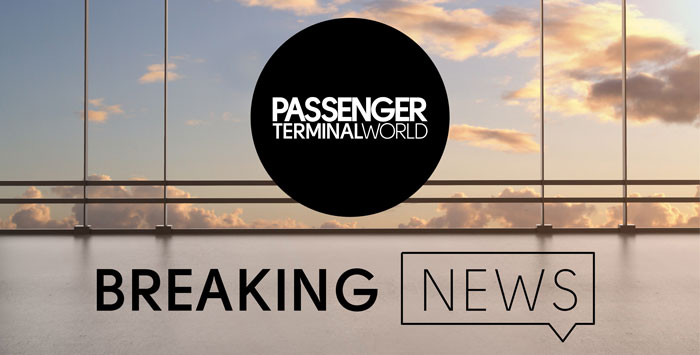How can airport operators improve retail revenue in the current climate? Olly Chubb, associate director at Portland Design, looks at some of the trends and habits of the modern traveler.
Airside once delivered what every retailer craved – a captive audience.
Clearing security propelled people into a parallel universe where they found themselves with plenty of time, and little to do. As people waited dutifully to board their flight, duty-free shopping was not so much an option, but a necessity – an activity that was imperative to delay the slow creep of inevitable boredom.
But things have changed. Today, 57% of travelers never even set foot in a duty-free store – a 10% increase from five years ago. Why? Put simply, they don’t have to.
The immediate gratification offered by seamless digital technology has encouraged the mainstream to adopt a diva mentality. People are no longer willing to have their way of life compromised when they are on the move and travelers expect more from the in-between travel hubs they pass through.
These demands are being realized as wi-fi evolves from an add-on to a utility – and with 98% of travelers carrying at least one device when they travel (and 70% carrying two), virtually every traveler is now able to access the same bewildering array of entertainment airside as they do in the comfort of their own home.
So, while retailers continue to chase footfall through a ‘browse-and-buy’ model, it is the food and beverage concepts who benefit, offering people the perfect wi-fi-enabled wonderland in which to ‘eat and stream’.
Wi-fi has become the most popular airside pastime and is used by 52% of passengers – compared to 46% who visit food and beverage destinations, and 44% who go shopping. And the number of people using wi-fi would be significantly higher if log-in experiences didn’t require a PhD in computer science and the patience of a saint.
Not only are duty-free retailers competing for attention against the entertainment travelers carry with them – but they are also being challenged by time and state of mind.
In 2016 the average traveler spent just 133 minutes passing through an airport, down from 150 minutes in 2013. The less time travelers spend airside, the smaller the window of opportunity is for retailers – and the less likelihood there is of unplanned, impulse purchases. Additionally, shopping is best suited to a certain emotional state, and stress – which is something nine in 10 business travelers say they suffer – is not conducive to casual browsing and buying.
The dynamic between shop and shopper has changed forever and the balance of power has shifted firmly to the shopper. Though airside is still a clearly demarcated space, from the perspective of travelers, who now exist in a blended reality where boundaries are blurred, it makes little difference and they just carry on as normal.
However, there is still a huge opportunity for airside retailers, not least because 81% of non-shoppers would consider shopping in duty free in the future and 56% of travelers say they’d be encouraged to head airside earlier if there were special discounts to take advantage of.
For airports, brands and operators to successfully engage the modern connected traveler, new digital services, hybridized concepts and smarter masterplanning solutions will need to be developed to leverage the possibilities offered by wi-fi and to create an experiential ecosystem that facilitates an ‘eat, stream, browse and buy’ journey to and through airports.
Airside retailers must view their offer through a wider lens and understand how to connect with the expectations, habits, lifestyles and mindsets of people – not just ‘travelers’.
In this wider context, how can airside secure active attention? How can it deliver unique and engaging experiences? How can it compel more people to want to shop at the airport?
There is still time to answer these questions… the next series of Game of Thrones doesn’t air until 2019.
Bio:
Olly Chubb is an associate director at Portland Design, where he oversees the strategy and insights team. With 15 years’ experience at the intersection of brand strategy, consumer behavior and trend analysis, he helps organizations understand what the latest shifts in culture mean for the future of their business.


